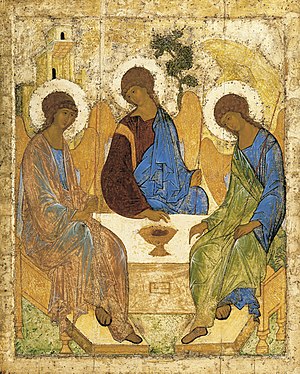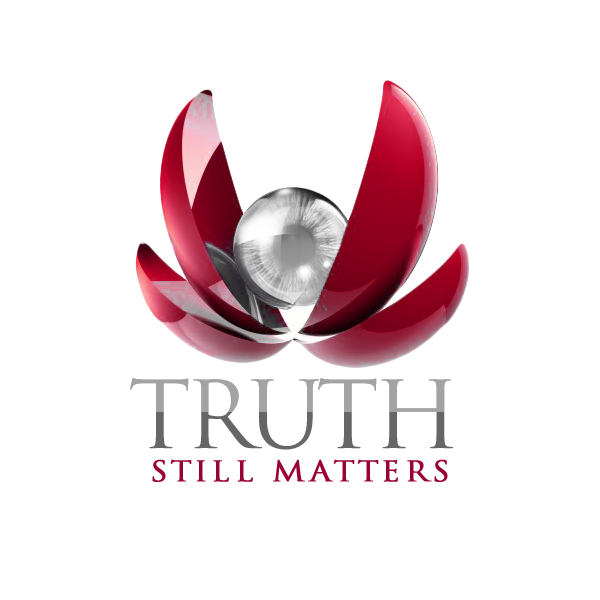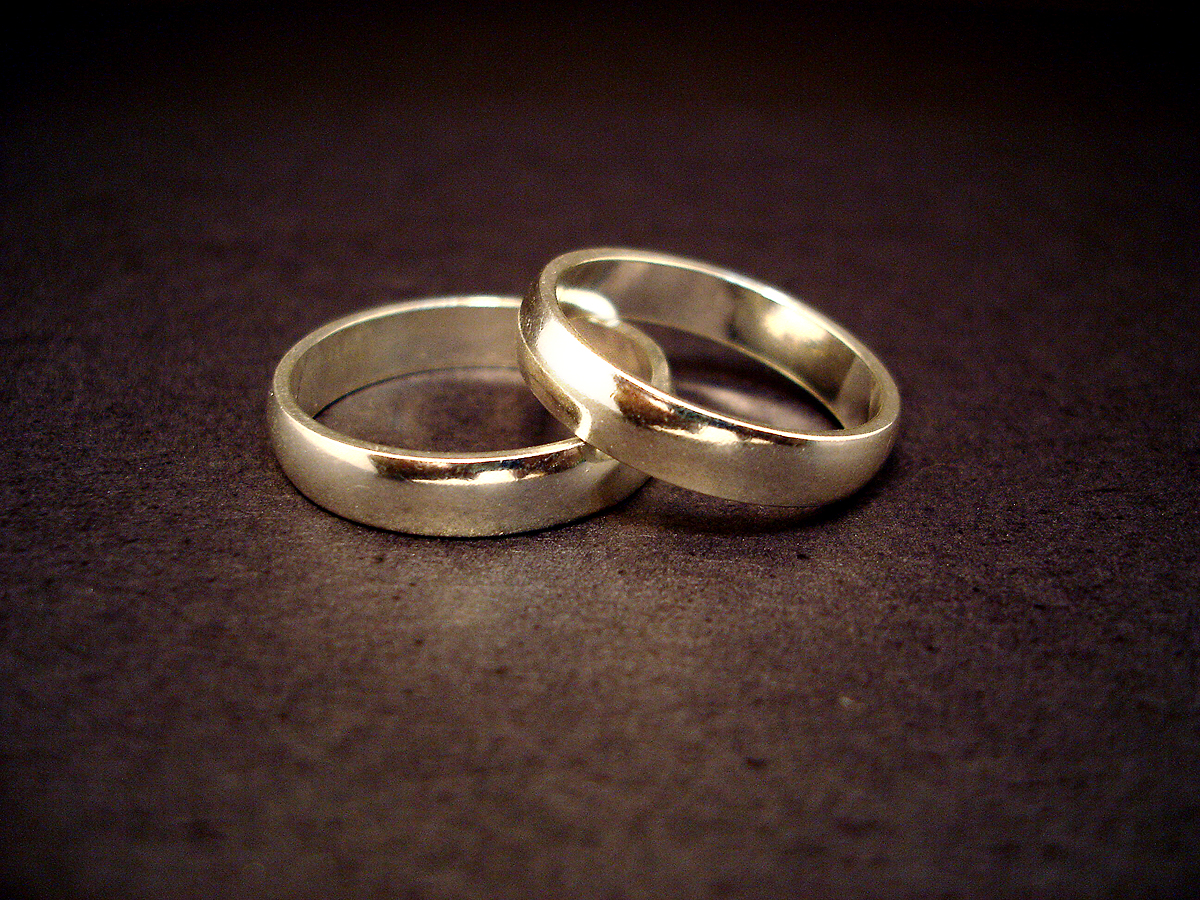
Andrei Rublev’s Trinity, representing the Father, Son and Holy Spirit in a similar manner. (Photo credit: Wikipedia)
Who is God?
God’s existence in the generic sense of the eternal all-powerful Deity can be known, though not clearly, through the perception of created realities (Rom 1: 19-20, Wis 13: 1-9). On the contrary, God’s intimate identity is unapproachable solely through human reason. This intimate identity is a mystery that is central to the Christian faith and has been revealed through the Incarnation of God’s Son and the sending of the Holy Spirit.[1] God in His inner most life is Father, Son, and Holy Spirit. “We do not confess three Gods, but one God in three persons, the ‘consubstantial Trinity.’ The divine persons do not share the one divinity among themselves but each of them is God whole and entire.”[2] This revelation, which completely surpasses previous natural knowledge of God, shows us God as a communion of Divine Persons.
God has been, is, and always will be in relation to Himself. “God is one but not solitary.”[3] The Catechism of the Catholic Church gives us a clear statement on the relational aspect of the Trinity:
Because it does not divide the divine unity, the real distinction of the persons from one another resides solely in the relationships which relate them to one another: “In the relational names of the persons the Father is related to the Son, the Son to the Father, and the Holy Spirit to both. While they are called three persons in view of their relations, we believe in one nature or substance.”89 Indeed “everything (in them)is one where there is no opposition of relationship.”90 “Because of that unity the Father is wholly in the Son and wholly in the Holy Spirit; the Son is wholly in the Father and wholly in the Holy Spirit; the Holy Spirit is wholly in the Father and wholly in the Son.”[4]
According to the Divine nature, the Trinity is indissolubly One. But within this unity there is diversity. The Father completely pours out His entire life and love to the Son and the Son does likewise back to the Father. The bond between them is so real and intimate that it is the Person of the Holy Spirit.[5] With God being love[6], we can identify this selfless giving within the Godhead as the key marker of authentic love. “Pope John Paul II writes: ‘God in His deepest mystery is not a solitude, but a family, since He has in Himself fatherhood, Sonship and the essence of the family, which is love’.”[7] The mystery of the Holy Trinity is a mystery of love.[8]
God’s action in relation to human persons
The mystery of God’s inmost life within the Blessed Trinity illuminates all the works by which God reveals himself and communicates his life.[9] As we’ve seen, God is family; therefore, His actions form family. God’s sharing of His life with human beings is what forms a familial connection. This sharing takes place by way of the covenant.
Dr. Scott Hahn, contemporary theologian who teaches out of Franciscan University of Steubenville, has done extensive work on the reality of covenant in God’s work. In his book, , he defines covenant and gives a clear picture of a covenant through a contrast of it with contract. The following paragraph will give some of the high points mentioned in his first chapter.
Cover via Amazon
The actual word “covenant” means “to come together”. A covenant is a solemn, formal, binding pact between two or more parties. In this context the parties are God and His creatures, human persons. God is the one who initiates covenants. By the fact that covenants are agreements that involve an exchange, one can see a parallel between contract and covenant. But to leave it at that would be to sell covenant short. Contracts are centered around an agreement for an exchange of goods founded on promises. This bond is as strong as the name of the person committing to that bond activated through a signing of one’s name. If the promises are not kept, the contract is broken and the two parties are no longer bound to one another. On the other hand, covenants also involve an agreement but are directed towards the exchange of persons as opposed to goods and founded on solemn oaths as opposed to merely promises. Oaths back an agreement in a much stronger and sacred fashion by calling on God’s name for assistance through a ritual of some type. The covenantal agreement says, “I am yours and you are mine” as opposed to “this is yours and that is mine”. With God’s name being invoked in solemn oaths, covenant is personal, absolute, and secure. It is permanent severed only by death.
Covenants involve, as in the inner of life of God, 100% self-donation that creates an intimate interpersonal union. Covenant is the overarching theme in God’s relationship with His people. God starts with Adam as the mediator of the first covenant and has to renew it with others (Noah, Abraham, Moses, and David) down throughout salvation history as a result of sin. All covenants put forth are fulfilled in God’s Son Jesus Christ who seals the New Covenant in His blood (Mk 14:24) through a complete donation of Himself on the cross. The imagery that is used to describe covenantal relationships is extremely familial: God the Father and His children (Sir 3:1, 1 John 3:1), Jesus the Bridegroom (Mk 2:20) and the Church His bride (Rev 19:7). Ultimately, our Father wants us to give ourselves completely to Him through His Son in the Holy Spirit so as to live in the heart of the Triune God.
To be continued…
[1] Catechism of the Catholic Church 234; 237
[2] CCC 253
[3] CCC 254
[4] CCC 255; cf. Council of ToledoXI (675): DS 528; Council of Florence (1442): DS 1330; Council of Florence (1442): DS 1331
[5] Bowring, Kelly, Class notes
[6] 1 John 4:8b
[7] Hahn, Scott, A Father who keeps His promises, Servant Publications, Ann Arbor, MI 1998, p.36
[8] Grisez, Germain, The Way of the Lord Jesus: Christian Moral Principles, CD-Rom “Welcome to the Catholic Church”
[9] CCC 236






Follow Us!